Humidity flourishes in below-grade spaces. Air temperature, lack of proper climate control and ventilation, and general basement use can cause basement humidity. But while many people think humidity can be uncomfortable, it is also dangerous to your health. Let’s explore what causes humidity in basements and learn how to dehumidify a basement.
Cool Air Increases Humidity
It may seem counter-intuitive because so many of us associate humidity with hot summers, but cooling air actually increases relative humidity levels. Many home owners do not keep a basement climate controlled when not in use. Often they feel very cool – and damp. The dampness is due to excessive humidity.
What’s more, other normal daily activities lead to humidity in your basement. Many basements have finished bathrooms, and showers or baths add a great deal of moisture to a room. It’s also very common for basements to contain the home’s washing machine and dryer. Both create moisture as well.
Excessive Humidity Increases Mold & Mildew
And dust mites!
Mold, mildew, and dust mites all flourish in when humidity is at a relative level above 80% because they need water and condensation to thrive. It’s recommended that both finished and unfinished basements should be kept at or below 50% relative humidity to prevent mold growth.
Allergens Lead to Health Problems
When these allergens are present in the air they can irritate the eyes, nose, and throat. They can also trigger asthma and other respiratory symptoms. According to the Mayo Clinic, mold is a leading cause of allergy mild to severe symptoms.
Humidity Creates Other Problems, Too
In addition to health problems, humidity in a basement can lead to warping wood, musty odors, and damage items in storage (especially anything stored in cardboard boxes). So, to prevent these problems, it is important to dehumidify your basement. But how?
Maintain Basement Temperature
As we said before, basements should be kept at 50% relative humidity. To do this in the winter, keep your basement consistently warm to at least 60 degrees F in the heating season.
Remove Basement Carpeting
Wall-to-wall carpeting in a basement traps moisture. It sucks in water seepage and it captures biodegradable dust – both can be a breeding ground for mold. While a basement adds additional living space to house, homeowners must remember that it is different than other parts of the house because it is below-grade. Therefore, tile or vinyl is the best option for flooring in a basement with removable area rugs for extra comfort.
Keep Air Moving
Keeping the air in your basement moving will help reduce humidity. Do this by opening any windows and using floor fans. Be sure that your bathroom has an exhaust fan.
Replace Storage Bins
Are you using cardboard boxes for storage? If so, replace them with plastic bins. Cardboard is biodegradable, and if this is stored on a porous concrete floor, may lead to mold problems due to seepage. And while we are at it, it’s best not to store anything on a concrete floor – just in case of flooding. Keep items on shelving that is at least 18 inches from the foundation wall and 6 inches off the floor.
Install a Dehumidifier
Installing a dehumidification system is a final step to removing excessive humidity. While a store-bought floor dehumidifier can help, installing a professional dehumidification system is the most trusted way to remove moisture. As we have mentioned before, we specialize in Humidex systems — advanced solution that both dehumidifies and ventilates your basement and your whole house by lowering moisture and removing contaminants from the air.
Interested in learning more? Contact us today for a complimentary estimated of services.

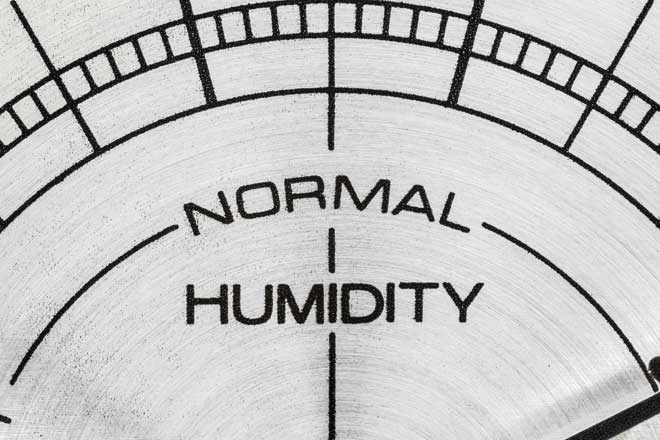
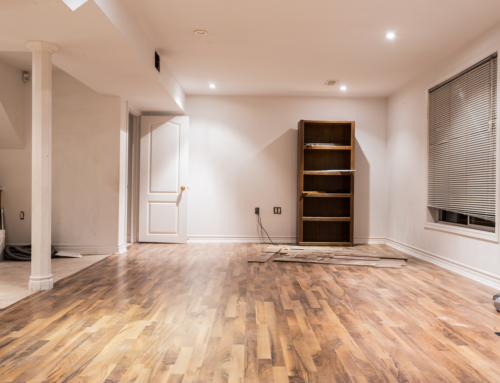

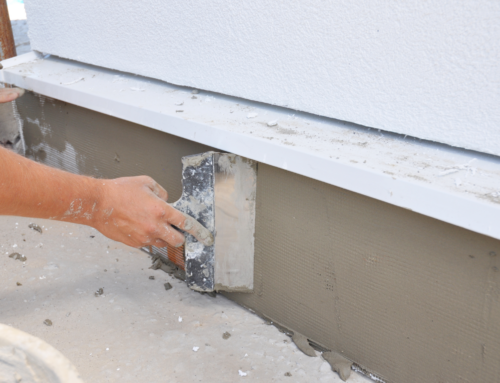
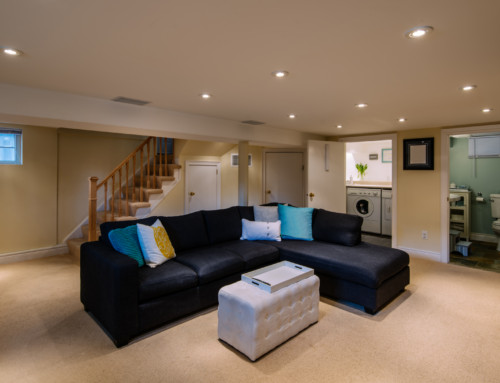
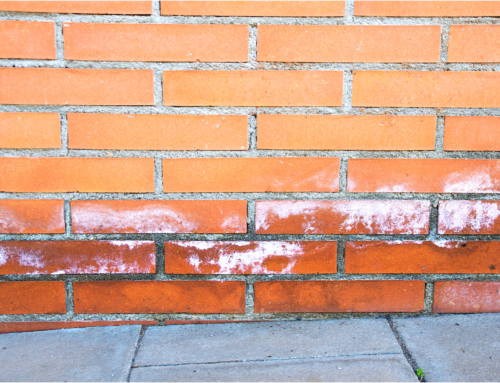
Leave A Comment